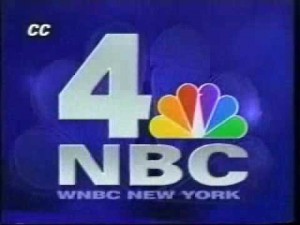We’re three thousand miles away, but the times they are a-changin’ in the nation’s largest media market. 
WNBC, the NBC O&O in New York City is dropping its 5pm newscast and replacing it with a chatty lifestyle-based show. While it’s new and different, it really doesn’t come as much of a surprise.
Channel 4’s five has been a dog, and they had to do something to differentiate themselves as the slices of pie for local broadcasters get smaller and smaller – even in the largest markets where pulling a 1 share can kind of sustain you, but where costs tend to be higher too.
Big picture: I think the days of three or four outlets doing the same basic thing in the same time slot are about over. Stations are going to have to start differentiating themselves editorially – which is hard to do with the all “employees are interchangeable” model that the industry has developed – or create new local shows that feature lifestyle content, talk, or whatever.
It’s not going to be easy, but I think it’s a good trend. It will bring local stations back into producing local programming that isn’t more-of-the-same, and that’s a good thing I think.
Afternoon magazine shows, late night sketch comedy and other non-news programming may see resurgence. Seattle tends to do things well, and expensively. KOMO for instance hung on to Northwest afternoon long after the local model died – and then “sold” the show just before what I think will be a new trend requiring similar local programming takes off again.
I think back to Almost Live, Sacramento-based KCRA’s The West, KING’s Backroads and Evening Magazine shows – and really think that if they were to be re-energized with the resources of a staff formerly dedicated to producing news – they might provide a solution.
I have a bias to slower paced, well-produced story-driven content – but thatís just me. I think those basic models can be spiffed up a little, made more interactive – and be the basis’ for some good new market-specific programming.
The argument against all this is that news is easy, and the incremental costs of adding newscasts is small once you have the staff tied to their cubicles repurposing the content.
But with viewership waning, if youíre pulling a 1 or a 2 or a 3 share in a newscast in a small or even a mid-major market like Seattle – it might be wise to consider something else even if youíve got a little margin left because you’re cost structure is contained.
The fact is that the clock is ticking on the viewership’s persistence. News at five is starting to look pretty six and a half hours ago.









